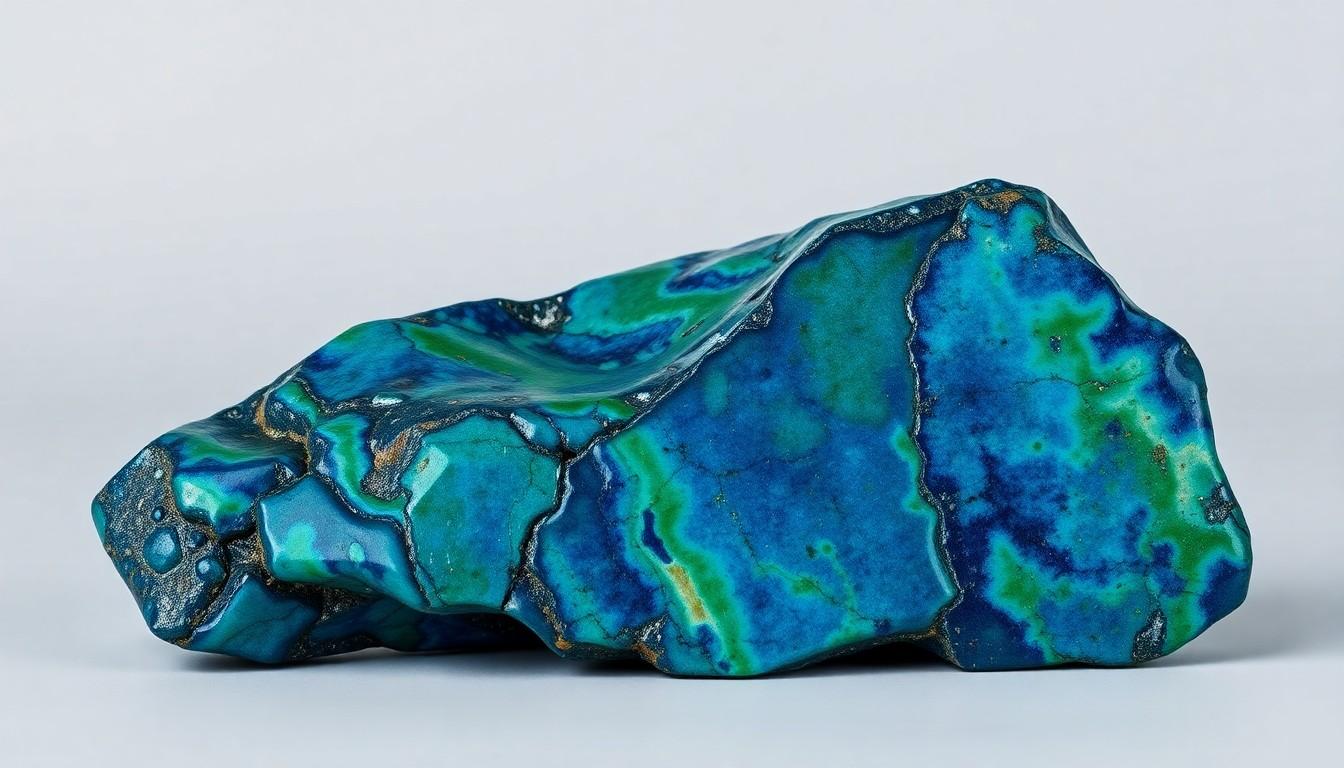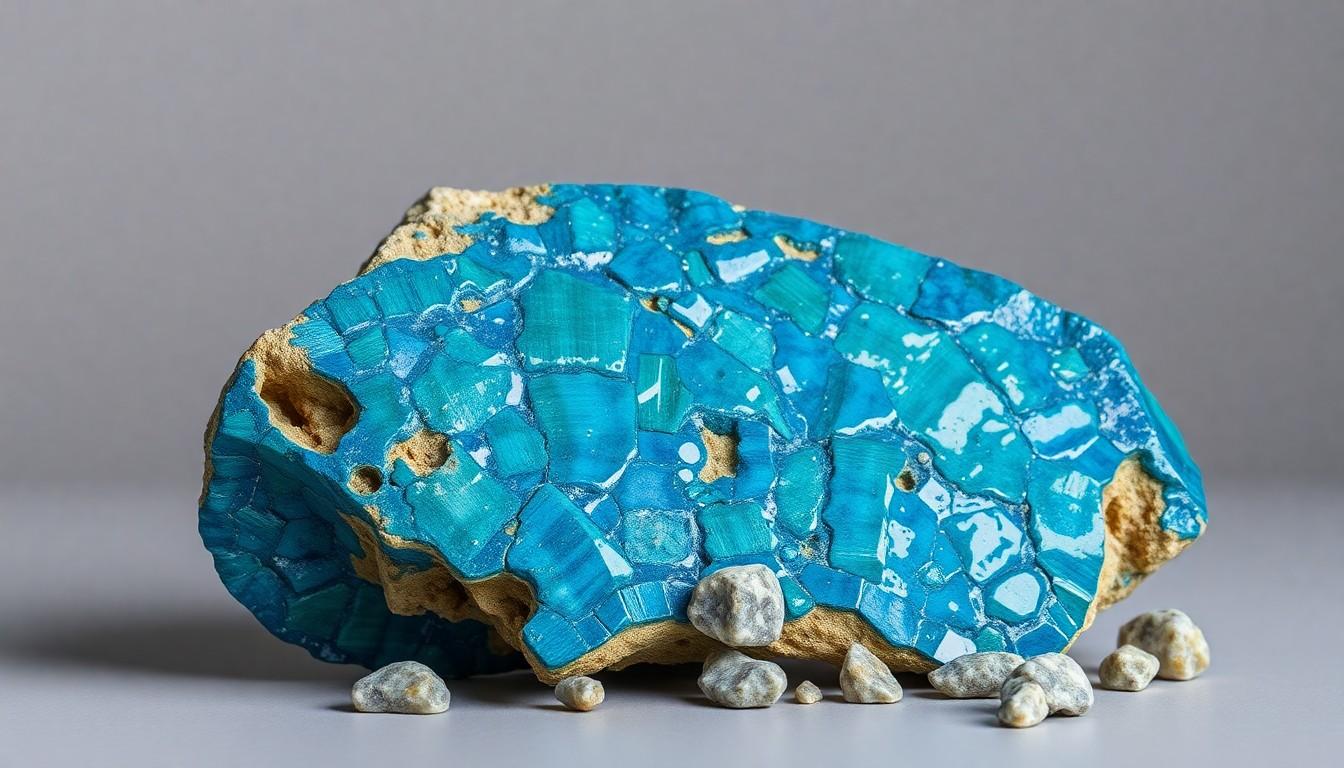In a world brimming with perplexing phrases, few can spark curiosity quite like “pohuyite.” This quirky term, often tossed around in casual banter, carries a weight that’s both humorous and thought-provoking. It’s a delightful blend of cultural nuance and playful irreverence, making it a favorite among those who appreciate the art of language.
What Is Pohuyite?
Pohuyite represents a unique expression rooted in informal language. Originating from Slavic culture, the term blends humor and irreverence, making it popular among those who appreciate playful communication. It captures a sense of lightheartedness that resonates with various social settings.
The phrase serves as a colorful exclamation, often used to dismiss or downplay a situation. Many individuals adopt it in casual conversations to convey sarcasm or amusement. Poetic in its form, pohuyite showcases the dynamics of linguistic creativity, often reflecting the speaker’s personality.
Derived from the word “pohuy,” the expression does not carry a direct translation in English. Instead, it embodies an attitude or sentiment that transcends literal meaning. Context plays a significant role in how it’s perceived, and familiarity with cultural nuances typically enhances its impact.
Likely to pop up in discussions among friends, pohuyite often serves as an icebreaker or a humorous retort. Its charm lies in its ability to lighten the mood and encourage laughter. Language enthusiasts find this term a delightful example of cultural exchange, illustrating how different languages can offer distinct flavors of expression.
Adoption of pohuyite continues to grow, particularly among younger generations. They embrace it on social media platforms, ensuring its survival in evolving conversations. Overall, this quirky phrase encapsulates a distinctive blend of humor and cultural identity, making it an interesting component of modern language.
Physical Properties of Pohuyite

Pohuyite exhibits distinct physical properties that enhance its unique character. Understanding these aspects provides insight into its cultural significance.
Color and Appearance
Pohuyite typically showcases a vibrant palette, often displaying shades of blue and green. Its visual appeal lies in a glossy surface, enhancing its dynamic colors. Variations in hue can occur depending on the specific context in which it appears. The blend of colors contributes to its lively and playful essence, reflecting its humorous roots within Slavic culture. Overall, the appearance of pohuyite plays a crucial role in its recognition and cultural relevance.
Hardness and Density
Pohuyite demonstrates moderate hardness, making it relatively durable yet easy to manipulate. With a density that complements its physical characteristics, it balances structural integrity with usability. Testing reveals that this material can withstand casual wear while remaining approachable in informal settings. Its ability to retain form and color contributes to its appeal in conversation and cultural artifacts. Thus, pohuyite strikes a harmonious blend of practicality and aesthetic charm.
Chemical Composition of Pohuyite
Pohuyite’s chemical composition reflects its fascinating characteristics. The mineral exhibits a complex formula with specific elements contributing to its distinct properties.
Mineral Formula
Pohuyite primarily consists of calcium (Ca), magnesium (Mg), carbon (C), and oxygen (O). The general mineral formula is CaMg(CO₃)₂. Carbonate groups are essential, ensuring pohuyite’s stability and durability. This mineral formula underpins its structural integrity, resulting in visible hardness.
Variations and Isotopes
Variations in pohuyite arise due to local environmental conditions during formation. Diverse isotopes of carbon and oxygen can influence its characteristics. Different geological settings lead to unique correspondences in mineral composition. Isotopic analysis often highlights these differences, revealing insights into its origins. Variations may also affect color and particle size, contributing to diverse appearances.
Occurrence and Distribution
Pohuyite’s presence is notable across various geographical regions, showcasing its unique attributes.
Geographical Locations
This mineral primarily appears in Eastern Europe, particularly in countries like Ukraine and Russia. Significant deposits exist in limestone formations where specific environmental conditions prevailed during its formation. Natural occurrences are often linked to areas rich in carbonate rocks. Additionally, some sources identify local geological features, contributing to its presence in various landscapes. Mining activities in these regions have also increased awareness of pohuyite, revealing its varying qualities based on locale.
Associated Minerals
Pohuyite often coexists with several other minerals, enhancing its distinct characteristics. Common companions include calcite and dolomite, which share similar formation environments. The combination with these minerals can influence its physical properties, such as hardness and density. Additional associations include aragonite and various clay minerals, each impacting the overall composition. The presence of these associated minerals can introduce variations in color and texture, showcasing diverse appearances. Understanding these relationships provides insight into pohuyite’s formation and evolution in nature.
Uses and Applications of Pohuyite
Pohuyite showcases various applications in both industrial and research settings, illustrating its versatility.
Industrial Uses
Pohuyite finds significant utility in the construction sector, often serving as a raw material for producing cement. Manufacturers appreciate its chemical stability and durability, which enhance the strength of concrete. In addition to construction, it plays a role in agriculture, acting as a soil conditioner. Farmers utilize pohuyite to improve soil fertility and structure, thereby promoting healthier crop yields. The mineral’s unique properties make it an attractive option for various applications, ranging from industrial materials to agricultural innovations.
Research Significance
Pohuyite’s complex mineral composition offers valuable insights for scientific studies. Geologists study its formation process to understand mineral evolution in carbonate-rich environments. Isotopic analysis of its carbon and oxygen components reveals details about past climatic conditions. Researchers also investigate its interactions with other minerals, exploring how these relationships affect physical properties. This ongoing research enhances understanding of pohuyite’s role in Earth’s geological history and contributes to broader mineralogical knowledge.
Conclusion
Pohuyite stands out as a fascinating blend of humor and cultural significance. Its playful nature not only enriches conversations but also reflects a deeper connection to Slavic heritage. As it gains traction among younger audiences on social media, its relevance continues to grow.
Beyond its linguistic charm, pohuyite’s physical properties and applications in various industries highlight its versatility. From construction to agriculture, its contributions are substantial. Ongoing research into its mineral composition promises to unveil even more about its role in geological history.
The multifaceted nature of pohuyite ensures it remains a topic of interest, bridging language and science in a unique way.





